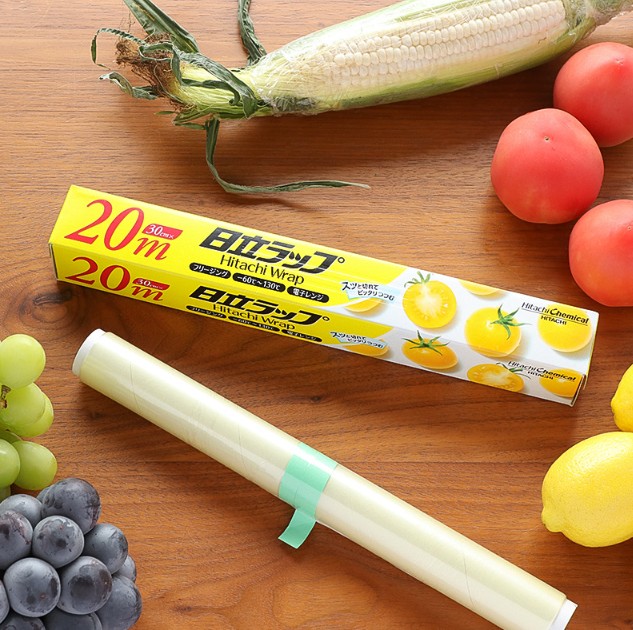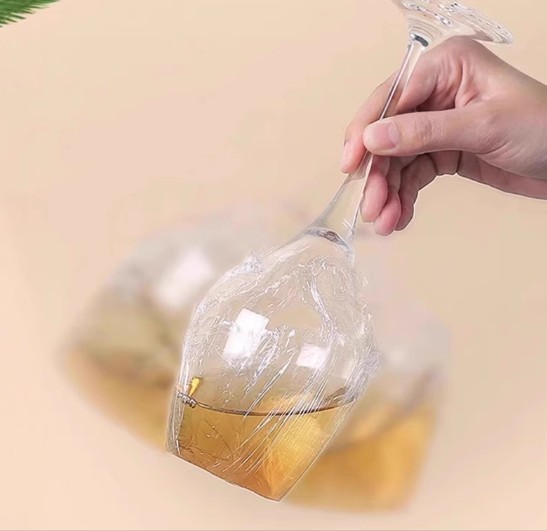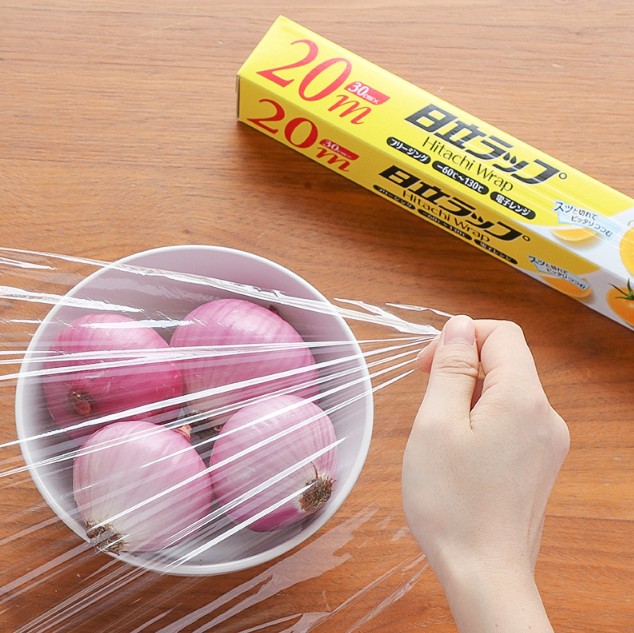How Does Compostable Cling Wrap Compare to Traditional Plastic Wrap?
In an era where sustainability is becoming a core value for both consumers and businesses, the demand for eco-friendly cling film alternatives is on the rise. One such innovation is compostable cling wrap—a sustainable substitute for traditional petroleum-based plastic wraps that have long been a staple in kitchens, supermarkets, and food industries. But how does compostable cling wrap actually compare to traditional plastic wrap in terms of function, environmental impact, and usability? Let’s break it down.

1. Material Composition
Compostable Cling Wrap:
Compostable cling wraps are typically made from plant-based materials such as PLA (polylactic acid), PBAT (polybutylene adipate terephthalate), or starch-based polymers. These materials are designed to break down naturally in industrial composting environments, and in some cases, even in home compost bins.
Traditional Plastic Wrap:
Conventional plastic wrap, often made from polyvinylidene chloride (PVDC) or low-density polyethylene (LDPE), is derived from fossil fuels. It can take hundreds of years to decompose, contributing significantly to plastic pollution and landfill overflow.
Comparison Verdict:
✅ Compostable wrap wins for environmental sustainability.
❌ Traditional wrap relies on non-renewable resources and persists in the environment.
2. Biodegradability and Compostability
The major selling point of compostable cling wrap is its biodegradability. Under the right composting conditions, it can break down into water, carbon dioxide, and biomass—leaving no toxic residue.
In contrast, traditional plastic wrap is not biodegradable and often ends up in landfills or oceans, posing a long-term threat to marine and wildlife.
Compostable cling wrap = biodegradable plastic wrap with purpose and proven decomposition.
Traditional plastic = permanent pollution.
3. Performance & Food Safety
Compostable Wrap:
Modern compostable wraps are breathable, moisture-resistant, and microwave-safe, though their clinginess and durability can vary depending on the brand or formulation. Some users may find them slightly less stretchy or adhesive compared to plastic wrap.
Plastic Wrap:
Conventional wraps have excellent cling and stretch, making them convenient for sealing food containers and wrapping items. However, concerns exist over chemical leaching, especially when used in microwaves or with fatty foods.
Conclusion on Usability:
Compostable wrap may require a short adjustment period, but it’s safer for you and the planet. Plastic wrap remains slightly superior in stretch performance but carries environmental and potential health risks.

4. Environmental Impact
Choosing eco-friendly cling film isn’t just a consumer trend—it’s an environmental necessity. Plastic wrap is non-recyclable in most municipal programs, while compostable wrap closes the loop by turning waste into soil-nourishing compost.
Key Environmental Benefits of Compostable Cling Wrap:
✅ Reduces landfill waste
✅ Lowers carbon footprint
✅ Derived from renewable resources
✅ Compatible with circular economy goals
5. Cost and Availability
While compostable cling wrap is still generally more expensive than traditional plastic wrap, prices are gradually decreasing due to rising demand and technological advancement. More supermarkets, eco-stores, and B2B suppliers now offer biodegradable plastic wrap in retail and bulk packaging.
Brands and consumers willing to invest slightly more today are helping to build a cleaner tomorrow.
Final Thoughts: Which Should You Choose?
| Criteria | Compostable Cling Wrap | Traditional Plastic Wrap |
|---|---|---|
| Material | Plant-based (PLA, PBAT) | Fossil fuel-based (PVC, LDPE) |
| Degradation | Compostable & biodegradable | Non-biodegradable |
| Food Safety | Non-toxic, microwave safe | Potential chemical leaching |
| Environmental Impact | Low | High |
| Performance | Good | Excellent |
| Cost | Slightly higher | Lower |
Verdict:
If your priorities include eco-conscious living, sustainability, and safer food storage, compostable cling wrap is the smart, responsible choice. While it may not yet completely replace traditional wrap in every application, it’s a critical step forward in reducing plastic pollution and promoting the use of eco-friendly cling film







